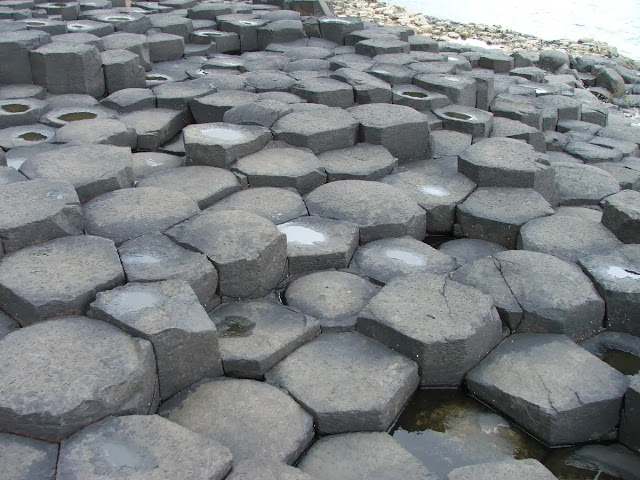What Causes the Color of Gemstones
There are a wide range of gemstones used in jewellery, with each having its own characteristic color – or, in some cases, a range of colors.
The origin of these colors has a chemical basis, and the precise color can vary depending on the chemical composition of the gemstone. Interestingly, many minerals are actually colorless in their pure form, and it is the inclusion of impurities in their structure which leads to their coloration.
Generally speaking, we observe an object as colored when it absorbs some wavelengths of visible light, but not others. Different colors of light have different wavelengths, so the exact wavelengths that are absorbed will affect the color that the object appears. For example, an object that absorbs all wavelengths of visible light that pass through it, but does not absorb red light, will appear red.
Why does this absorption of light occur in the first place?
This is dependent on the elements present in the structure of the gemstone. Some elements don’t lead to the absorption of visible light – for example, compounds containing metals from group 1 in the Periodic Table are commonly colorless. Conversely, the transition metals (the large group of metals in the centre of the Periodic Table) are capable of absorbing colored light.
 |
| What Causes the Color of Gemstones. Copyright: Andy Brunning |
Transition metals have this capability because they have electrons in d orbitals. Orbitals are essentially regions of space around an atom in which electrons can be found; they can have different shapes and energy levels.
The d orbitals in transition elements are partially filled, and this mean the unpaired electrons therein are capable of absorbing visible light in order to promote the electrons to a higher energy level. When they do this, the wavelength of light they absorb is removed from the light completely. They later fall back down from this ‘excited state’ releasing the excess energy as heat.
Different transition metals are capable of absorbing different wavelengths of visible light, thus giving the wide range of colors seen in gemstones. The transition metals may be part of the chemical formula of the mineral, or they may be present in the mineral as impurities.
Even small amounts of these transition metal impurities, where a transition metal atom sits in the place of another atom which would usually occupy that position in the structure, can lead to an intense coloration.
The origin of color in gemstones is not always down to the presence of transition metals, however. The transfer of electrons between ions in a gemstone’s structure, as a result of the absorption of wavelengths of visible light, can also be responsible in some cases.
In sapphires, this is the case, with the color a result of charge transfer between iron 2+ ions and titanium 4+ ions. The absence of an ion in a specific location in the structure, or the presence of a foreign non-transition metal ion, can also lead to coloration, as can simple diffraction of light through the crystal’s structure.
There are also examples of variations of color within the same gemstone. The prime example of this is alexandrite. Alexandrite appears green in daylight, but red in incandescent light. This is due to the fact that natural light is richer in green light, to which our eyes are more sensitive, so we perceive the gem as green. Incandescent light, on the other hand, is richer in red light, leading to more red light being reflected, and our eyes perceiving the gem as red.
If this has piqued your interest and you’d like to read into the subject in a little more detail, I’ve included some interesting links with more complex explanations of the source of color in gemstones below. Many of the gemstones included in the chart can be found in a wide range of colors; for example, garnets, although commonly the well-known red color, can also be found in many other varieties. There are also several other causes of color, rather than the main causes detailed here, so it’s a very varied area of chemistry!



%20(1).webp)




